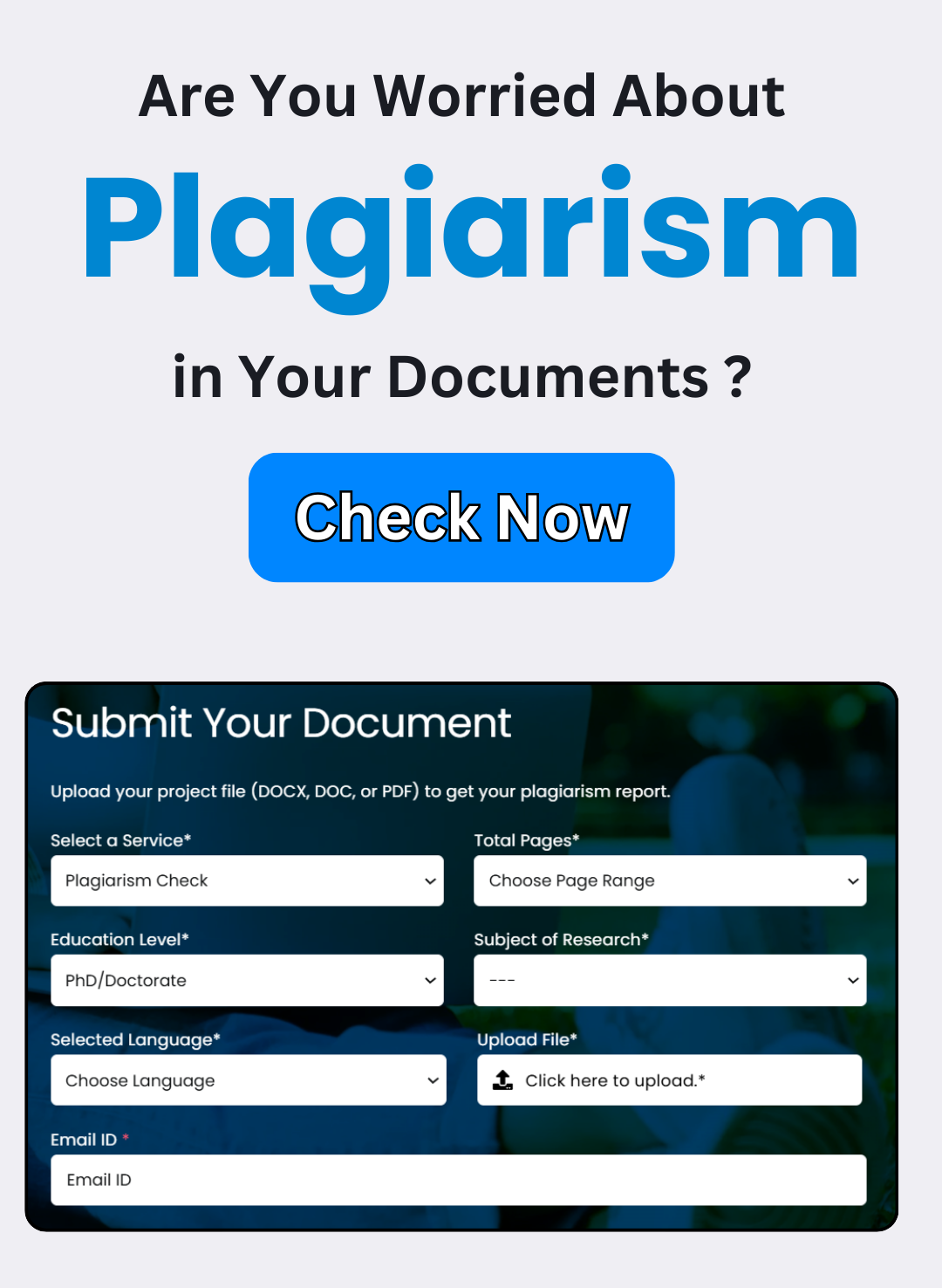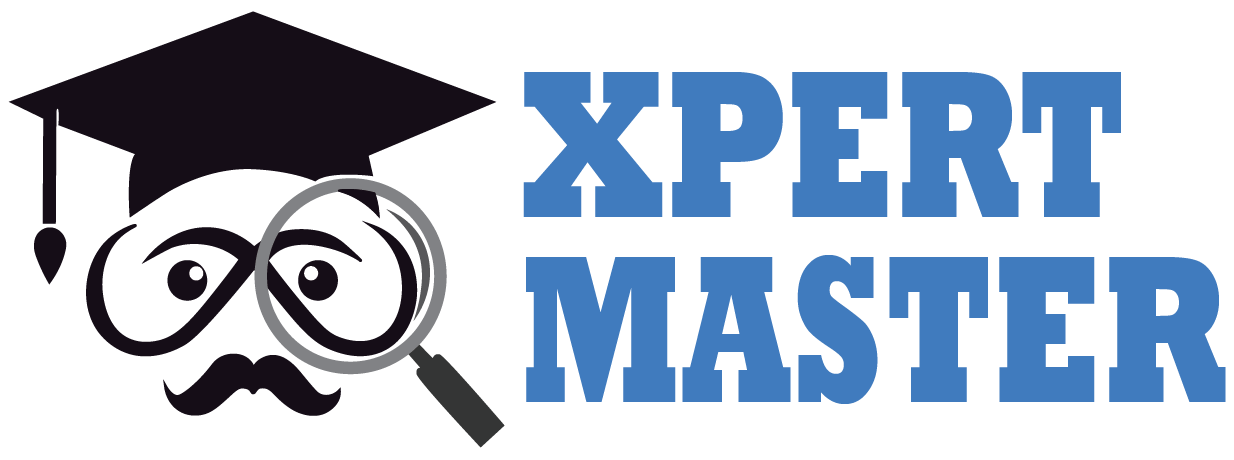Why Self-Plagiarism Can Ruin Your Reputation: Here’s What You Need to Know
Understanding the Risks of Self-Plagiarism
Self-plagiarism, often termed “recycling fraud,” involves reusing one’s previously published work and presenting it as new without proper acknowledgment. While it might seem less severe than traditional plagiarism, self-plagiarism poses significant threats to the originality of academic work and the integrity of education.Both students and educational institutions can face serious consequences from self-plagiarism. Students caught engaging in this practice may incur disciplinary actions, including failing grades, academic probation, or even expulsion. Furthermore, such incidents can damage the reputation of institutions and jeopardize their accreditation status.
What Are the Dangers of Self-Plagiarism?
One major danger of self-plagiarism is its potential to undermine the originality and credibility of scholarly work. Academic environments prioritize original research, analysis, and writing, and students are expected to contribute unique content. When students resort to self-plagiarism, they not only diminish the value of their own contributions but also affect their peers and the institution’s reputation.Another challenge with self-plagiarism is its elusive nature. Unlike traditional plagiarism, which is often easily identified through specific tools, self-plagiarism can be more difficult to detect. Because the work is authored by the same individual, it may escape the scrutiny that other forms of plagiarism face. This ambiguity complicates the identification and prevention of self-plagiarism, leading to serious implications for both students and their educational institutions.
Strategies to Prevent Self-Plagiarism
There are proactive steps that both students and educational institutions can take to mitigate self-plagiarism. First and foremost, students should ensure they credit all sources utilized in their writings, including any of their prior work. Understanding the difference between paraphrasing and outright copying is crucial, as self-plagiarism can occur even with minor alterations to previously published content.Institutions can also play a vital role in preventing self-plagiarism by offering resources and support to help students learn proper citation practices. This could involve hosting workshops, providing online resources, and educating students about the importance of originality in academic work. Additionally, schools may employ plagiarism detection software to help identify instances of self-plagiarism among students.
Conclusion
In conclusion, self-plagiarism is a pressing issue that can lead to significant consequences for both individual students and educational institutions. The practice diminishes the originality and authenticity of academic contributions and can be challenging to detect. However, by accurately attributing sources and utilizing available resources, students and institutions can work together to combat self-plagiarism and uphold the integrity of the academic community.
How Much Turnitin Plagiarism Is Accepted for Publishing a Book?
Introduction:
When it comes to publishing a […]
How to Submit Your Thesis Without Plagiarism: Our Turnitin Report Service in India
Introduction
Writing a thesis is one of […]
Why Turnitin Plagiarism Check is Essential for International Research Collaboration
Introduction
International research collaborations are becoming increasingly […]
How to Improve Your Turnitin Report Score for Research Papers in India
Introduction
For students and researchers in India, […]
The Role of Turnitin in Academic Research and Publication in India
Introduction
Academic research and publication are central […]
Is Your Thesis Plagiarism-Free? How Turnitin Reports Can Help Indian Students
Introduction
Writing a thesis is a monumental […]


